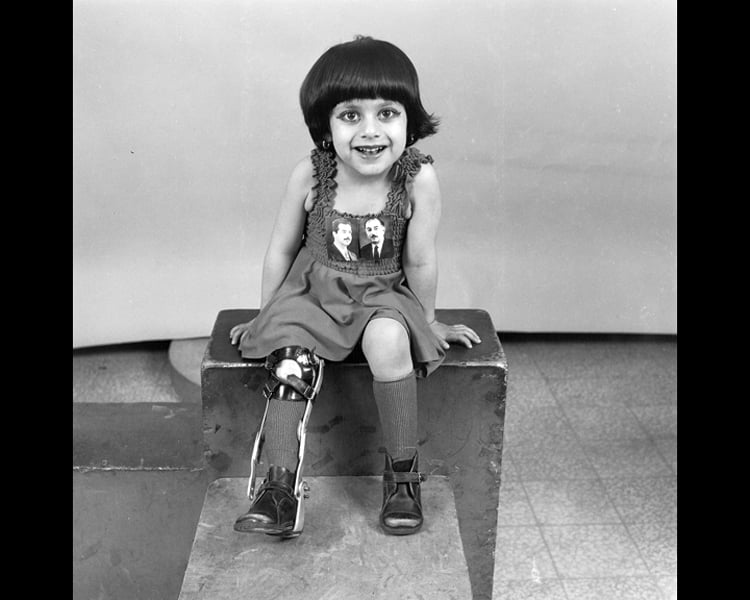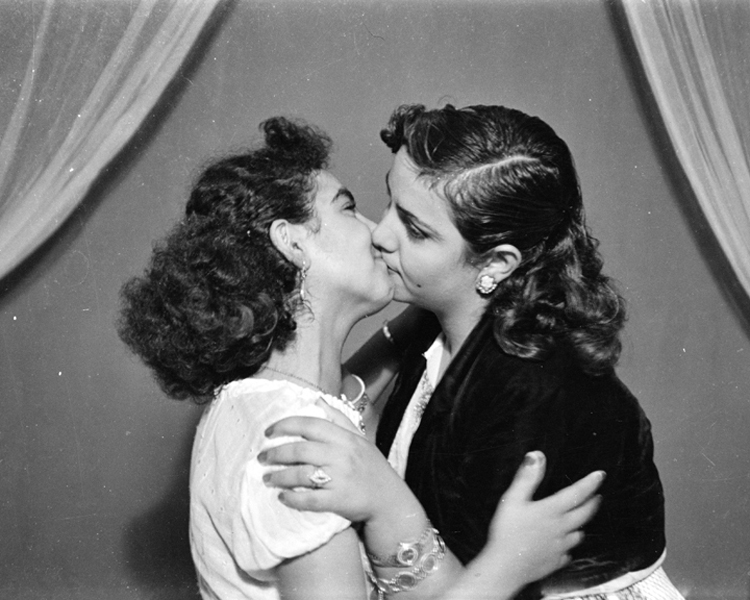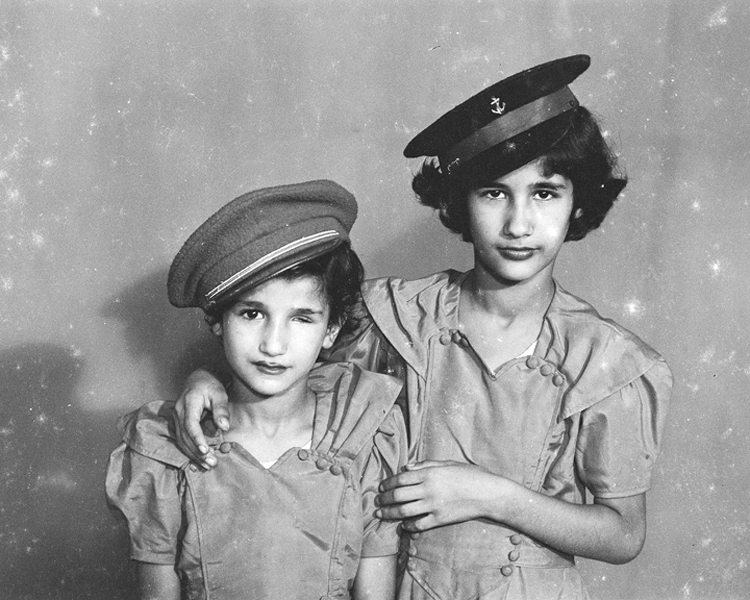Drawn and Quartered
2007 - Film & Video (Film & Video)
8 minutes
Claudia Joskowicz
The primary interest in the trilogy is Joskowicz’s use of cinematic space, with long tracking shots that portray resistance to habitual viewing experiences of film and television. Video plays a role in the relation between the use of her locations and the stories of actual figures depicted as central in the frame. The meaning behind these historical icons such as Che and Cassidy, speak to their stories as itinerant figures whom traveled in a preglobalized era through borders and cultures in order to escape the law or overthrow it. The camera work, and the stylistic and formal devices such as tracking and establishing shots, create narrativistic voids that offer the transference of new political or social meanings.
Claudia Joskowicz is a video and installation artist working at the intersection of landscape, history, and memory. Her works form unsettling scenes that reimagine public and private histories of Latin American individuals and communities. Blurring the line between documentary and fiction, these works often involve violent images to bring traumas to the present, and to offer a moment of catharsis for the ones who were affected by these incidents in some way. In her works, Joskowicz intentionally gives a great amount of power and agency to the camera, reminding the viewer of their passive role in the construction of history. In this way, the artist critiques technology as a medium that easily manipulates one’s interpretation of history, controlling what gets to survive in the public collective memory. As Joskowicz’s camera wanders around the landscape, or focuses on one of the protagonists in her stories, the rest of the scene—and with it, other possible perspectives—fall into the dark, constructing yet another subjective historical narrative. It’s easy to focus on the slow movement of the camera more so than the actual event being recorded, which Joskowicz harnesses to remind her viewers that history is man-made. When texts or events are taken out of their context and technology is present to create an imaginary cinematic space, any narrative is possible.
Colors:
Related artist(s) to: Claudia Joskowicz » Carla Zaccagnini, » Dirceu Maués, » Adriano Costa, » Gabriel Mascaro, » Moran Shavit, » Akram Zaatari, » Eastern Europe, » Jan Villa, » Liu Wei, » Marcellvs L

© » KADIST
Carla Zaccagnini
2018De sino à sina (From Bell to Fate) is a six-channel sound installation by Carla Zaccagnini exploring the relationship between modern Brazil and its colonial past...

© » KADIST
Adriano Costa
2014Westminster Agua Viva is made from Westminster City Council(‘s) recycling bin bags, glued together, that the artist has painted and cut or cut and painted...

© » KADIST
Carla Zaccagnini
2005This series of photographs, Sobre la igualdad y las diferencias: casas gemelas (On Equality and Differences: Twin Houses) , taken in Havana in 2005, belongs to a wider group of works that the artist has been developing over many years, generally titled Bifurcaciones y encrucijadas (Forking Paths and Crossroads) ...

© » KADIST
Akram Zaatari
1966“People often asked if they could pose with the Kodak advertisement where a full scale woman is featured with a camera offering Kodak rolls...

© » KADIST
Akram Zaatari
1950“While taking the picture it was challenging to make the boys sit properly without moving...

© » KADIST
Akram Zaatari
1956“People often asked if they could pose with the Kodak advertisement where a full scale woman is featured with a camera offering Kodak rolls...

© » KADIST
Akram Zaatari
1970“People often asked if they could pose with the Kodak advertisement where a full scale woman is featured with a camera offering Kodak rolls...

© » KADIST
Akram Zaatari
1960“When you position your hand on someone’s shoulder, your shoulders become straight and horizontal...

© » KADIST
Akram Zaatari
1950“Other photographers used to send me negatives of cross-eyed people, asking me to retouch them...

© » KADIST
Akram Zaatari
1957“These are negatives that were scratched because of a jealous husband from the Baqari family, who never let his wife out by herself...

© » KADIST
Akram Zaatari
1950“In the 1980s I started using coloured paper backdrops, one of which was yellow...

© » KADIST
Akram Zaatari
1972“The two men were relatives and both were in the Lebanese Army.” Hashem El Madani...



